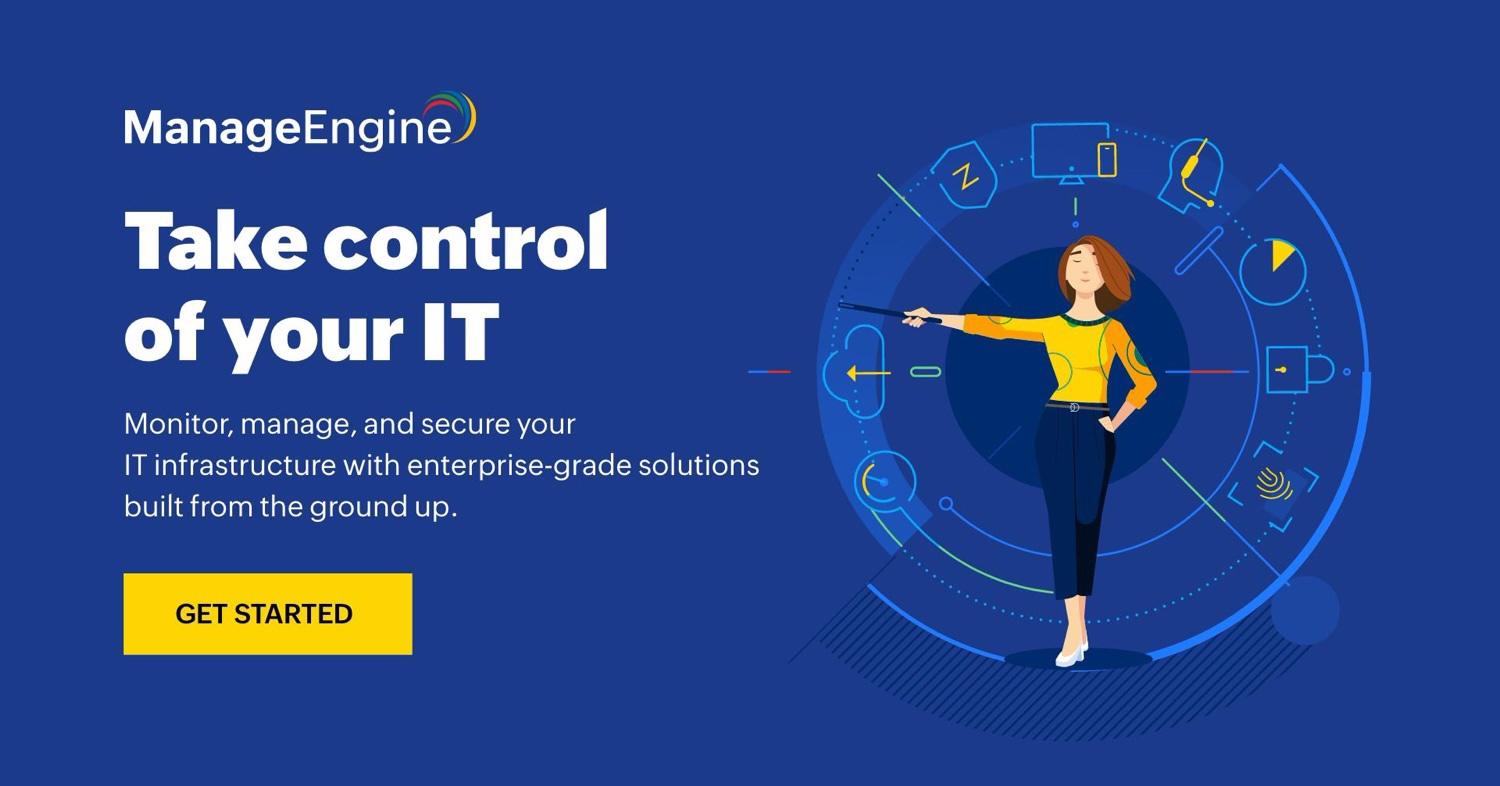Introduction
Effective requirements management is crucial for product teams to build the right solutions that meet customer needs and business objectives. By systematically capturing, analyzing and communicating requirements, organizations can deliver projects on time and within budget while minimizing rework. This article evaluates the top 15 requirements management tools based on key criteria to help decision makers select the optimal solution.
Methods of Evaluation
The companies were evaluated based on functionality like requirements traceability, collaboration tools, export/import capabilities etc. Other factors considered include market presence and popularity factors like number of customers, online reviews, client case studies, number of backlinks and organic traffic to company websites. Pricing plans and features at each plan level were also examined to understand options for teams of different sizes and budgets.
1. IBM Rational DOORS
IBM Rational DOORS is one of the original and most widely used requirements management software. Developed by IBM, it has been in the market since the 1990s and helps companies of all sizes manage their product requirements throughout the development lifecycle. Companies across industries like automotive, aerospace, medical devices and more rely on DOORS to manage complex requirements.
Pros: Some of the key advantages of IBM Rational DOORS include:Long history and experience in requirements managementIntegrates with other IBM software development tools like Rational Team ConcertStrong import/export capabilities for importing requirements from various file formats like Word, Excel, XML, and export to DocBook, HTML or text formatsRole-based security and permissions to control access to requirements
Cons: One potential disadvantage is that as an established player, DOORS may not be as flexible or offer as modern of a user experience compared to some newer purpose-built requirements management software.
Pricing: IBM Rational DOORS pricing is available through annual subscription licenses. Pricing depends on the number of users, types of modules/add-ons, and additional support/services. Contact IBM sales for a customized quote.
Some key stats about IBM Rational DOORS include:Used by over 10,000 organizations worldwide Supports requirements management for projects of all sizes from small to extremely large and complex Handles requirements documentation for products with millions of lines of code Integrates with software development tools like Rational Team Concert, Jira, and VersionOne
2. Youtrack
Youtrack is a requirements management and issue tracking tool developed by JetBrains. It allows teams to plan, prioritize and track software development projects from requirements gathering through to completion.
Pros: Some key advantages of Youtrack include:
– Integrated project and issue tracking
– Embedded code quality and testing
– Customizable templates and rules to suit your workflow
Cons: One potential disadvantage is that the interface can initially feel complex for those accustomed to simpler ticketing systems.
Pricing: Youtrack pricing starts at $10 per user per month for the hosted version. On-premise licenses are available starting from $25 per user per year.
Some key stats about Youtrack include:
– Used by over 150,000 developers worldwide
– Integrates with over 20 version control systems including Git, SVN and Mercurial
– Available in on-premise and SaaS versions with pricing tailored for teams of all sizes
3. Micro Focus ALM
Micro Focus ALM, previously known as ALM, is a comprehensive application lifecycle management platform from Micro Focus. It helps organizations manage requirements, development, testing and other processes across the entire software development lifecycle.
Pros: Some key advantages of Micro Focus ALM include: – Comprehensive ALM platform including requirements management, quality assurance, and testing – Integrates requirements and other artifacts seamlessly with the entire development workflow including source control – Advanced reporting and metrics dashboards provide visibility into project status and health
Cons: One potential disadvantage is that as a more full-featured ALM solution, it may have a steeper learning curve than some more niche requirements management tools.
Pricing: Micro Focus ALM pricing starts at $150 per user per month for the Standard edition. Premium and Enterprise editions are available for larger teams and have additional functionality. On-premises licensing is also available.
Some key stats about Micro Focus ALM include: – Used by over 15,000 customers worldwide across various industries – Integrates with over 150 different development, testing and third party tools – Has over 25 years of experience in application lifecycle management
4. CA Agile Central
CA Agile Central is a requirements management software developed by Broadcom Inc. CA Agile Central allows teams to capture, organize and prioritize product requirements to align development with stakeholders’ needs. It helps teams manage changing requirements throughout the development lifecycle.
Pros: Some key advantages of CA Agile Central include:
– Good for agile and iterative requirements development
– Integrates with Jira and other DevOps tools
– Easy to customize and extend functionality
– Robust permissions and access control for requirements
Cons: One potential disadvantage is that the tool can be complex to configure and implement for very large enterprises with custom requirements.
Pricing: CA Agile Central pricing starts at $150 per user per month for the basic Professional Edition. Enterprise licensing models are also available with additional features and support.
Some key stats about CA Agile Central include:
– Used by over 5000 companies globally
– Integrates deeply with Jira and other DevOps tools for traceability
– Extensive library of pre-built integrations with tools like Confluence, GitHub, etc.
5. ManageEngine Requirements
ManageEngine Requirements is a requirements management software developed by ManageEngine. It helps organizations efficiently record, track and manage requirements and map them to business objectives. Some key capabilities include requirements import/export, traceability, impact analysis and customizable dashboard/reports.
Pros: Some key advantages of ManageEngine Requirements include:
– Integrates with ServiceDesk Plus for seamless incident and problem management
– Imports and exports DOORS formats for requirements interchange
– Customizable dashboard and reports for requirements visualization and analysis
– Role-based access control and workflow automation
Cons: One potential disadvantage is that the pricing is based on the number of users instead of requirements/projects which may not align well with smaller projects or teams.
Pricing: ManageEngine Requirements pricing starts from $1,995 per year for 25 users. It offers both monthly and annual subscription plans. Discounts are available for multi-year commitments and non-profits.
Some key stats about ManageEngine Requirements include:
– Used by over 3000+ customers worldwide across various industries
– Integrates with ManageEngine’s ServiceDesk Plus ITSM solution
– Supports importing and exporting requirements in DOORS formats
– Offers both on-premise and SaaS deployment options
6. ReqView
ReqView is a requirements management software developed by Perforce, a leading provider of solutions for software development teams. ReqView helps organizations manage product requirements, trace them to designs, code, and tests. It facilitates collaboration between stakeholders and provides visibility into requirements.
Pros: Some key advantages of ReqView include: Powerful tools for linking requirements to documents and code, Permission-based access controls for security, Scales well for large and complex product development.
Cons: A potential disadvantage is that the pricing may be higher compared to some open source alternatives.
Pricing: ReqView pricing starts at $7,500 for 25 users per year. It also offers flexible pricing plans based on number of users, as well as on-premises deployment options.
Some key stats about ReqView include: Used by over 500 companies globally, Handles requirements for products with over 1000 features, Supports over 5000 concurrent users on a single server, Integrates with over 15 other developer tools like Jira, Git and Jenkins.
7. Planview Clarizen Enterprise
Planview Clarizen Enterprise is an integrated Application Lifecycle Management (ALM) platform that includes robust requirements management capabilities. As a leading ALM solution, Planview Clarizen helps large enterprises manage strategic portfolios, programs and projects from ideation through delivery. Its focus on requirements and traceability allows teams to deliver the right functionality according to business needs.
Pros: Some key advantages of Planview Clarizen Enterprise include:
– Integrated ALM platform with dedicated requirements management module
– Features for traceability between requirements and other artifacts like user stories
– Impact analysis to understand how changes may affect other requirements or projects
– Collaboration features and configurable workflows to involve stakeholders
– Scalable to support very large enterprises with complex portfolios
Cons: One potential disadvantage is the large price tag that comes with an enterprise ALM platform. Planview Clarizen is best suited for large organizations with substantial portfolios/programs to manage.
Pricing: Pricing for Planview Clarizen Enterprise is custom per organization based on team size, modules needed and custom services. Contact Planview sales for a customized quote.
Some key stats about Planview Clarizen Enterprise include:
– Used by over 4 million users worldwide
– Supports enterprises with thousands of users and projects
– Integrates with over 150 third-party tools including Jira, Confluence and Microsoft Teams
8. Visual Paradigm
Visual Paradigm is a leading requirements management and modeling software. Founded in 1996, it provides a comprehensive platform for Agile teams to collaborate on UML modeling, documentation and process management. With over 2 million users globally, it aims to be the most complete modeling solution for organizations.
Pros: Some key advantages of Visual Paradigm include:
– Strong support for various modeling languages and diagram types for requirements, architecture, analysis etc.
– Seamless integrations to streamline workflows and collaboration
– Easy to use interface that supports all roles from beginners to experts
– Robust documentation and publishing capabilities
Cons: One potential disadvantage is that the on-premise version has a high upfront cost which may not be suitable for all budgets.
Pricing: Visual Paradigm offers flexible pricing plans including:
– Freemium plan with limited features
– Perpetual licensing for on-premise deployment starting from $999
– Monthly and annual subscription plans for the cloud version starting from $29/month per user
Some key stats about Visual Paradigm include:
– Used by over 90% of Fortune 100 companies
– Supports over 20 modeling languages including UML, BPMN, SysML etc.
– Integrates with over 50 tools and platforms like Jira, Confluence, GitHub etc.
– Available on-premise or as a cloud-based SAAS solution
9. AltexSoft Requirements Engineering Platform
AltexSoft Requirements Engineering Platform is a requirements management software developed by AltexSoft to help organizations streamline their requirements engineering processes. The web-based platform allows capturing, structuring and organizing requirements while ensuring traceability across the software development lifecycle.
Pros: Some key advantages of the AltexSoft Requirements Engineering Platform include:
– Supports RE processes from elicitation to maintenance as per the provided reasons
– Highly configurable to organizational processes and standards
– Integrates requirements with tests and development for better traceability
– Collaborative tools like discussions, reviews and approvals enable distributed teams to work efficiently
Cons: A potential disadvantage could be the learning curve for users transitioning from traditional documentation-based approaches to a requirements management platform.
Pricing: Pricing starts at $3500 per year for up to 5 users. Volume-based discounts are available for Enterprise plans with 50-500 users. A free 30-day trial is also available on the company website.
Some key stats about the AltexSoft Requirements Engineering Platform include:
– Supports over 500 concurrent users
– Used by over 150 customers globally
– Integrates with popular development tools like Jira, Microsoft Teams etc.
– On-time delivery record of over 95% for requirement engineering projects
10. Clarizen
Clarizen is a requirement management solution that enables teams to plan projects and manage business requirements. Founded in 2000, Clarizen aims to help organizations gain better visibility, control, and traceability across their product and project delivery. With over 500 customers globally across industries such as technology, financial services, life sciences, and more, Clarizen has helped organizations efficiently manage requirements for both agile and waterfall projects.
Pros: Some key advantages of Clarizen include:
– Workflow and process automation capabilities to streamline requirements processes
– Out-of-the-box project management templates for common methodologies like PRINCE2 and PMI
– Central repository for all requirement artifacts with rich reporting and analytics
Cons: One potential disadvantage of Clarizen could be its pricing, as it may not fit the budgets of some smaller teams or startups.
Pricing: Clarizen offers flexible pricing plans tailored to business needs starting from $30/user per month for the basic Team plan up to custom enterprise plans for larger deployments. Pricing includes all core features along with phone and email support.
Some key stats about Clarizen include:
– Over 500 customers globally across industries
– Customers includes 15% of Fortune 500 companies
– On average sees 40-50% reduction in project cycle time
– 98% project success rates for customers
11. Leankit
Leankit, formerly known as Planview, offers AgilePlace, a leading requirements management software. AgilePlace is a cloud-based Kanban and agile project management tool that helps teams track workflows and manage requirements from strategy through delivery.
Pros: Some key advantages of AgilePlace include:
– Cloud-based, role-tailored web UI for customizing boards and views
– Facilitates agile collaboration through user stories, tasks, and workflows
– Provides traceability from strategic objectives to development artifacts
– Easy to integrate with other tools in the software development lifecycle
Cons: One potential disadvantage is that the pricing could be higher for larger enterprise deployments with many users and integrated tools.
Pricing: AgilePlace pricing starts with a free trial and team plan starting at $25 per user per month. Enterprise plans with additional features are available starting at $40 per user per month.
Some key stats about AgilePlace include:
– Used by over 5,000 companies worldwide
– Supports over 250,000 users
– Integrates with tools like Jira, Azure DevOps, and GitHub
– Offers out-of-the-box integrations and custom integrations via REST API
12. Jama Connect
Jama Connect is a leading requirements management software that helps organizations manage product requirements, track changes, and ensure requirements are met throughout the development process. Jama Connect was founded in 2002 and is based in Portland, Oregon.
Pros: Some key advantages of Jama Connect include: 1) Cloud-based solution with no server maintenance required. 2) Robust permission and workflow controls to manage who can access and change requirement documents. 3) Built-in APIs allow developers to integrate Jama Connect with other tools and services they may be using like project management or DevOps tools.
Cons: One potential disadvantage is that the most basic plan is limited to 5 users which may not be enough for larger teams requiring requirements management.
Pricing: Jama Connect offers 3 pricing tiers: Startup at $49/month for 5 users, Professional at $99/month for 10 users, and Enterprise with custom pricing for higher user counts and additional features.
Some key stats about Jama Connect include: used by over 500 companies worldwide, more than 1 million users, supports over 10,000 projects simultaneously, and integrates with over 50 other tools including Jira, Azure DevOps, and Slack.
13. Plutora
Plutora is a value stream management platform that helps organizations deliver better software faster. Founded in 2008 and based in Austin, Texas, Plutora helps enterprises improve application delivery and establish a collaborative process across project stakeholders.
Pros: Some key advantages of Plutora include:
– Native support for adaptive planning which allows requirements to change and evolve easily
– AI-assisted testing recommendations to improve test case quality and coverage
– Role and permission-based access controls for collaborative working while maintaining security and governance
Cons: One potential disadvantage is that as an enterprise-grade platform, Plutora may have a higher upfront cost and longer sales cycle compared to some simpler requirements management options.
Pricing: Plutora offers both perpetual and subscription-based pricing models. For subscription licenses, pricing starts at $150 per user per month for the Standard edition.
Some key stats about Plutora include:
– Used by over 500 companies worldwide including Fortune 500 organizations
– Supports over 150,000 users
– 15+ years of experience in requirements management and development process improvement
– Integrates with over 35 software development tools like Jira, Azure DevOps, GitHub, and others
14. Saviynt Govern
Saviynt Govern is an identity governance and administration solution from Saviynt. It provides policy-based permission management, continuous monitoring and compliance, as well as visual workflows, rules and policies to help manage identities, access and privileges.
Pros: Some key advantages of Saviynt Govern include:
– Policy-based permission management which allows creating centralized policies for access requests and certification
– Continuous monitoring and compliance capabilities to ensure compliance with regulations
– Visual workflows, rules and policies which provide an intuitive way to manage identities, access and privileges
Cons: One potential disadvantage is that advanced customization may require professional services which can increase costs for some customers.
Pricing: Saviynt Govern pricing is based on the number of identities being managed. Contact Saviynt sales for an exact quote tailored to your organization’s needs.
Some key stats about Saviynt Govern include:
– Over 300 enterprise customers worldwide across various industries
– Supports over 20 different applications including AWS, GCP, Azure, ServiceNow and More
– Provides separation of duties and least privilege access capabilities
15. Aternity
Aternity is requirements management software that provides a central platform for managing all aspects of a project’s requirements. It aims to streamline the requirements process from creation and documentation to testing and quality assurance.
Pros: Some key advantages of Aternity include: Central platform integrating solutions for projects requirements and quality management; End-to-end support including requirements definition, documentation, traceability and testing; Highly configurable automated workflows to streamline routine tasks; Robust support for regulated environments through compliance, traceability and auditing features.
Cons: A potential disadvantage is that the fully featured platform may be overkill for some smaller projects and teams with simpler needs. The cost could also be higher than simpler, best-of-breed point solutions.
Pricing: Aternity pricing starts at $49 per user per month for the basic Core plan and scales up to $99 per user per month for the complete Suite plan which includes additional features like portfolio management and integrations. On-premise licenses are also available.
Some key stats and capabilities of Aternity include: Supports over 500 users, Integrates with over 25 tools and technologies, Automates over 75% of routine tasks through workflows, Ensures compliance with regulations through rigorous traceability and reporting.
Conclusion
With the variety of powerful requirements management platforms available today, product teams have several options to choose from. By understanding core needs, budget and evaluating solutions based on established parameters, the right tool can be selected to streamline product development processes, improve product quality and maximize returns on investment. Regular reviews should also be conducted to ensure the solution continues meeting evolving business requirements.















